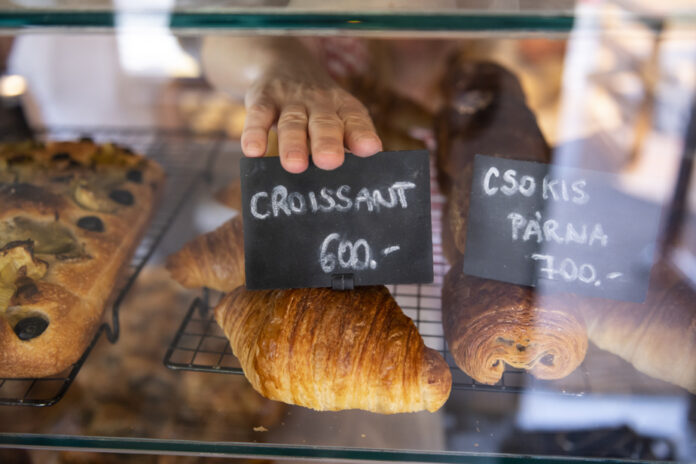(London) In England, the average price of sliced white bread jumped 28% in April to 1.39 pounds, or C$2.34, from a year earlier.
In Italy, the price of pasta – the staple of the Italian diet – has risen 17% over the past year. In Germany, cheeses are 40% more expensive than a year ago; the increase is 14% for potatoes.
In the European Union, in April, the price of food had increased by an average of 17% compared to April 2022. It is even worse in the United Kingdom, where the price of food and drink not alcoholic beverages increased by 19%, the fastest annual inflation rate in more than 45 years. By comparison, in the United States, this rate was 7.7%.
Persistent food inflation is weighing on low-income households and worrying European elected officials.
Yet the main costs involved in making food – fuels, wheat and other agricultural products – have been falling in international markets for nearly a year.
Why are grocery prices still so high? ask the Europeans. As the cost of labor is rising and some middlemen may be taking advantage of it to get rich, prices are unlikely to drop any time soon. In addition, inflation could induce central banks not to lower interest rates, which would harm economic growth.
The price of a loaf of bread not only reflects the cost of ingredients, but also the cost of processing, packaging, transportation, wages and storage, not to mention profit margins.
The war has disrupted grain production there, which has had a global impact by worsening food crises in East Africa and the Middle East.
The worst was avoided thanks to an agreement on the export of cereals from Ukraine. The price of wheat in Europe has fallen by about 40% since May 2022. The world price of vegetable oils has fallen by half. But everything remains expensive: the UN food price index in April was 34% higher than its 2019 average.
The price of energy has also risen, with severe repercussions on the entire food supply chain. The war forced Europe to quickly replace Russian gas with that of other suppliers, driving up the costs of producing, transporting and storing food.
Energy prices have fallen recently, but retailers warn it may take up to a year for the consumer to feel it: energy contracts are being made months in advance, for long periods .
The scarcity of labor in Europe is forcing employers, including food companies, to raise wages to attract workers. This means higher production costs for companies.
Consumers, unions and some economists suspect companies are raising prices beyond their costs to protect their margins, boosting inflation. According to the European Central Bank, at the end of 2022, corporate profits were contributing to inflation as much as wage growth.
Economists at Allianz, a German insurer and asset manager, estimate that 10-20% of food inflation in Europe comes from profits.
But not all economists agree, as detailed data on corporate profits is lacking.
Some economists and grocery chains blame the big global food producers, which have kept profit margins high by raising prices. In April, the Swiss giant Nestlé said it expected profits of the same order as those of 2022, or around 17%. Nestlé said it raised prices by almost 10% in the first quarter.
Even taking into account transportation costs and the lag between farm gate and store prices, food inflation should have fallen by now, said Allianz economist Mr. Subran.
In the UK, we hear another story: Michael Saunders, an economist at Oxford Economics and former head of rate setting at the Bank of England, does not believe that companies are deep in their pockets. Most of the inflation is driven by the higher cost of energy and other commodities, he wrote in a note to clients.
Despite the declines in the price of milk, it is unlikely that food prices in general will fall soon.
On the contrary, policymakers only hope that inflation will slow.
Timid signs indicate that the pace of food inflation – above 10% per year – may have peaked. In April, the rate fell in the European Union for the first time in two years.
But now, the slowdown should be gradual.
“It looks like food price pressures are taking longer to percolate through the system than we had anticipated,” Bank of England Governor Andrew Bailey said this month.















